The Green Button Polaroid
I had always wanted a Polaroid instant-camera. The look of them was just too cool, and the idea of having an instant physical photo was almost mind-boggling to me.
If you search on any auctioning-site, you’ll always find dozens of these used cameras. I knew friends who had tried them before, with little success. Typically the ones they did find did not function, and the ones that did function almost always needed to be fixed.
I of course, was searching for one and eventually picked this green button polaroid off of eBay:
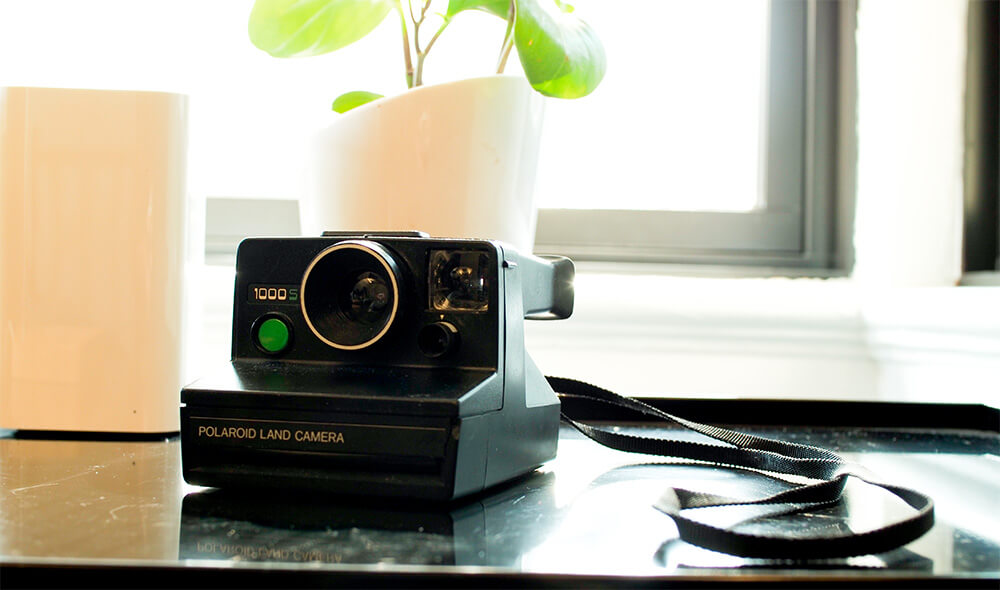
I had no idea what to expect.
The seller described it as “functioning” with no other comments, except for that it was probably from sometime in the 70s.
I decided to take the risk and go for it.
There is something about the idea of owning a piece of technology from the 1970s was too appealing to pass up -- even if it was just going to be a cool non-functioning shelf-knack.
As soon as I got it, the first shot I took was completely over-exposed and just flat out white. The second shot was too dark. About four shots in, I finally started to get the hang of it:
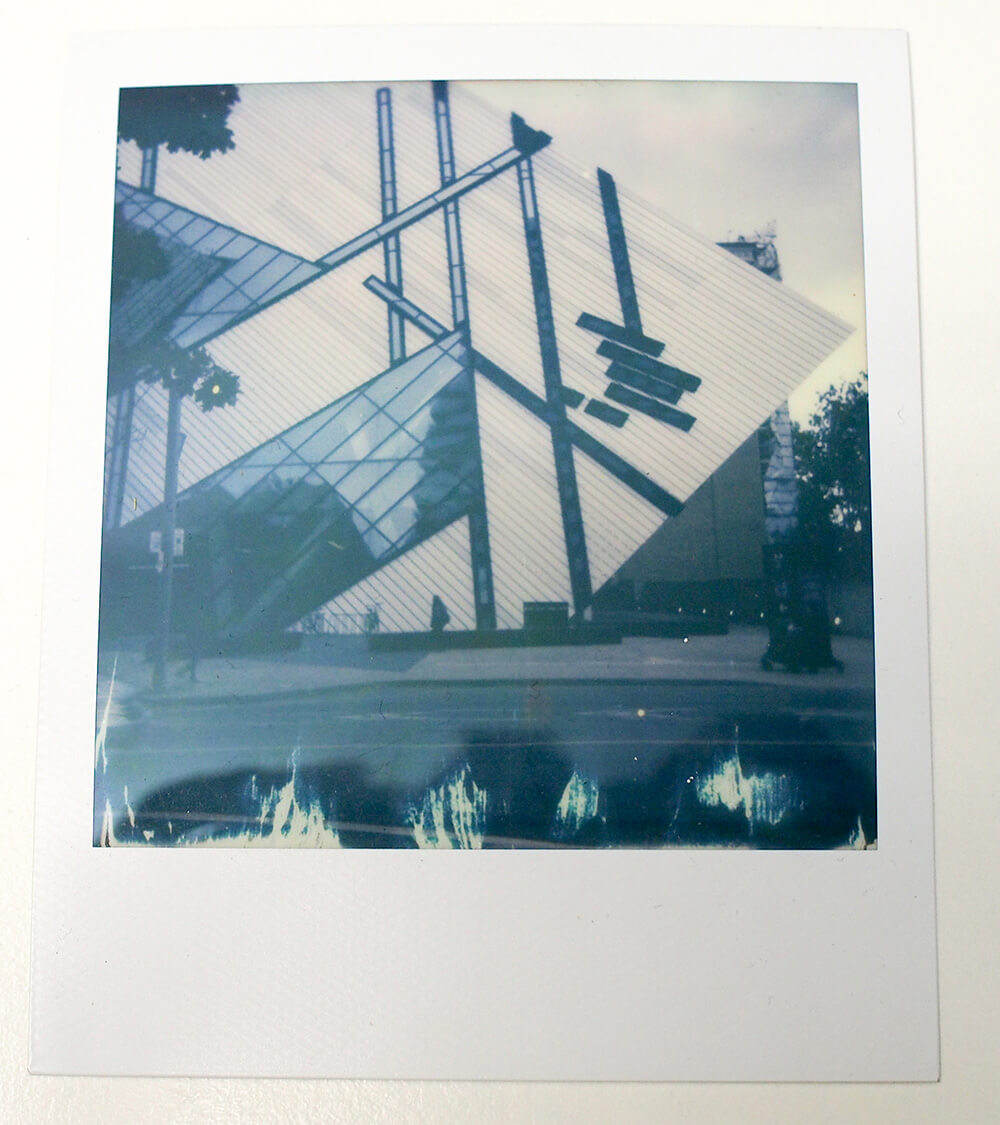
The camera doesn’t have much to it.
You open the flap, stick in a film cartridge, and adjust a singular wheel for exposure. Roll the wheel to black for lowering the exposure, roll the wheel to white to let in more light, keeping the shutter open for longer.
Not every shot works out, but that’s the price of using a vintage film camera.
There was a time not so long ago when polaroid film was hard to come by. Back in 2008, Polaroid announced it would be ceasing production of all instant film. Of course, people were devastated, and thankfully, the demand for this vintage camera had become so great, that a dedicated group of engineers and photographers decided to reboot a factory in Holland that was in-part, developing some of the instant film Polaroid had used for the past twenty five years, at least.
Using an entirely new formula of development, after a year, the team had developed their own Polaroid-compatible film -- both in colour and in black and white. They dubbed their endeavour the “Impossible Project.” Not only were they making film, but they also began personally refurbishing any Polaroid cameras they could get their hands on, reselling them, as well as making their own camera models -- including a mobile photo-lab that takes a photo off of your mobile phone, converting it into a Polaroid photo.
The project was so successful, and the demand for the film so high, that the main shareholder of Impossible Project ended up buying out the Polaroid brand, forming a new instant-film brand called “Polaroid Originals.”
Now you can find both Impossible and Polaroid Originals film in nearly every camera store around the globe.
One of the biggest drawbacks of using a Polaroid camera is that the film is expensive at roughly $30CAD for 8 shots. It seems ridiculous, but when you realize the amount of work and passion that went into re-booting the manufacturing of the film, it’s easy to understand why it costs so much in this time and age.
This thing is easily one of my favourite cameras. The kinds of artefacts that come out in certain photos always seem to look cool in someway, and although not every shot works out, when they do, it’s so satisfying.
Some more snaps:
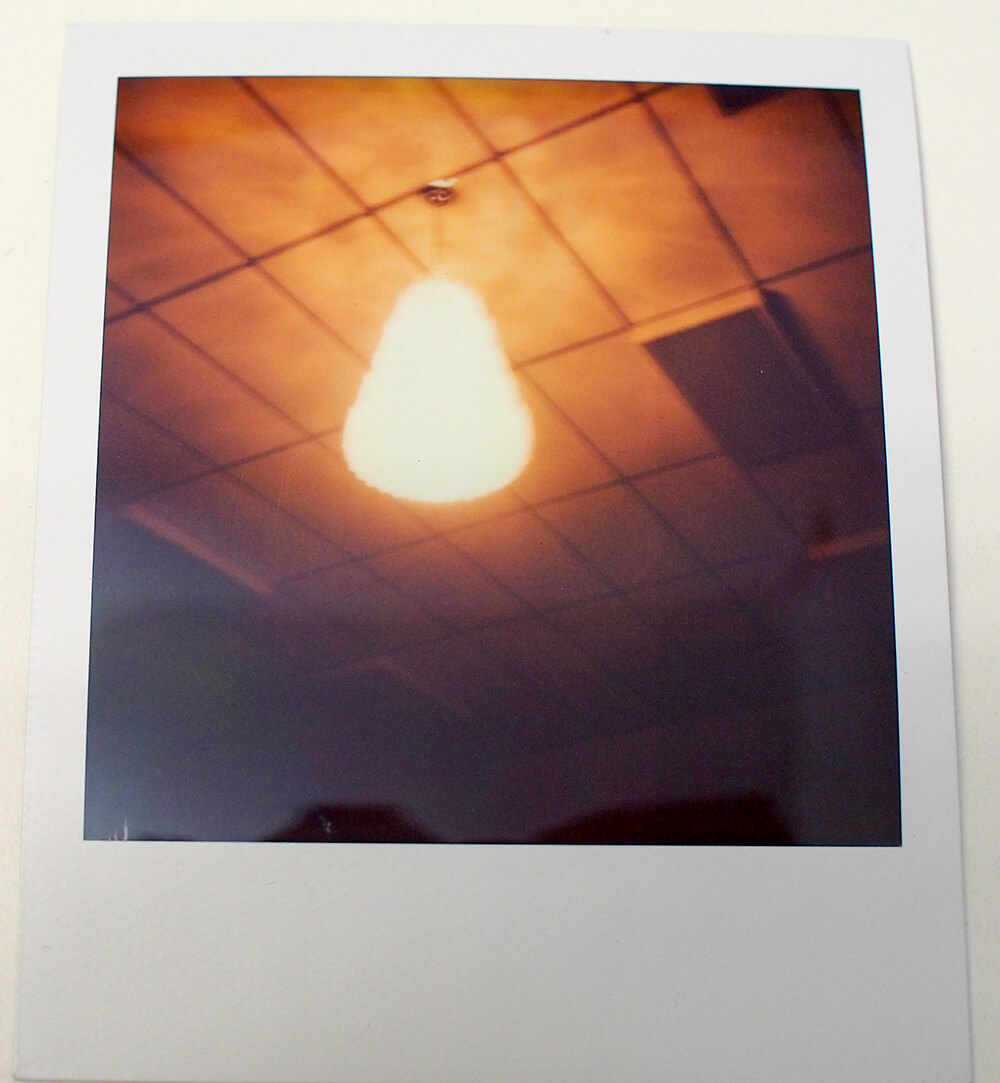
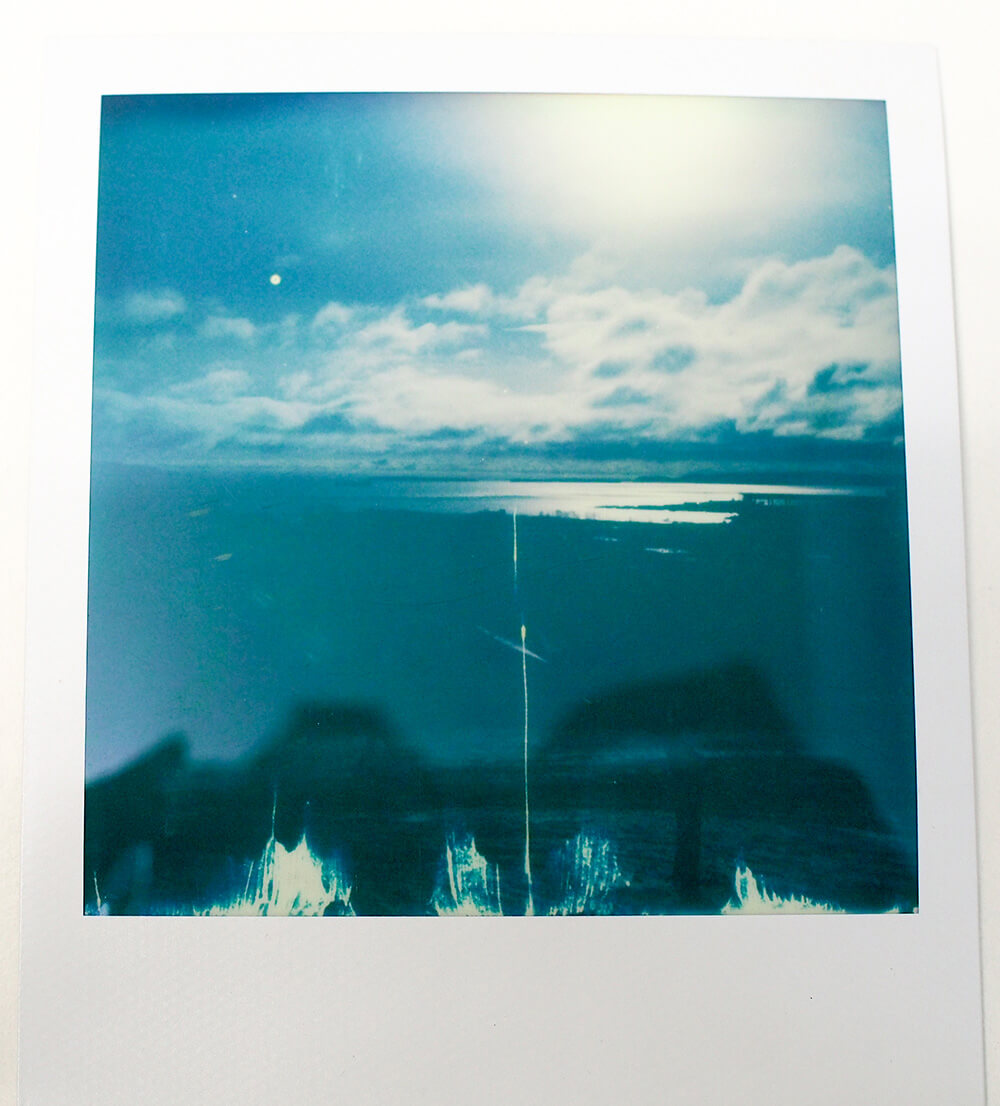
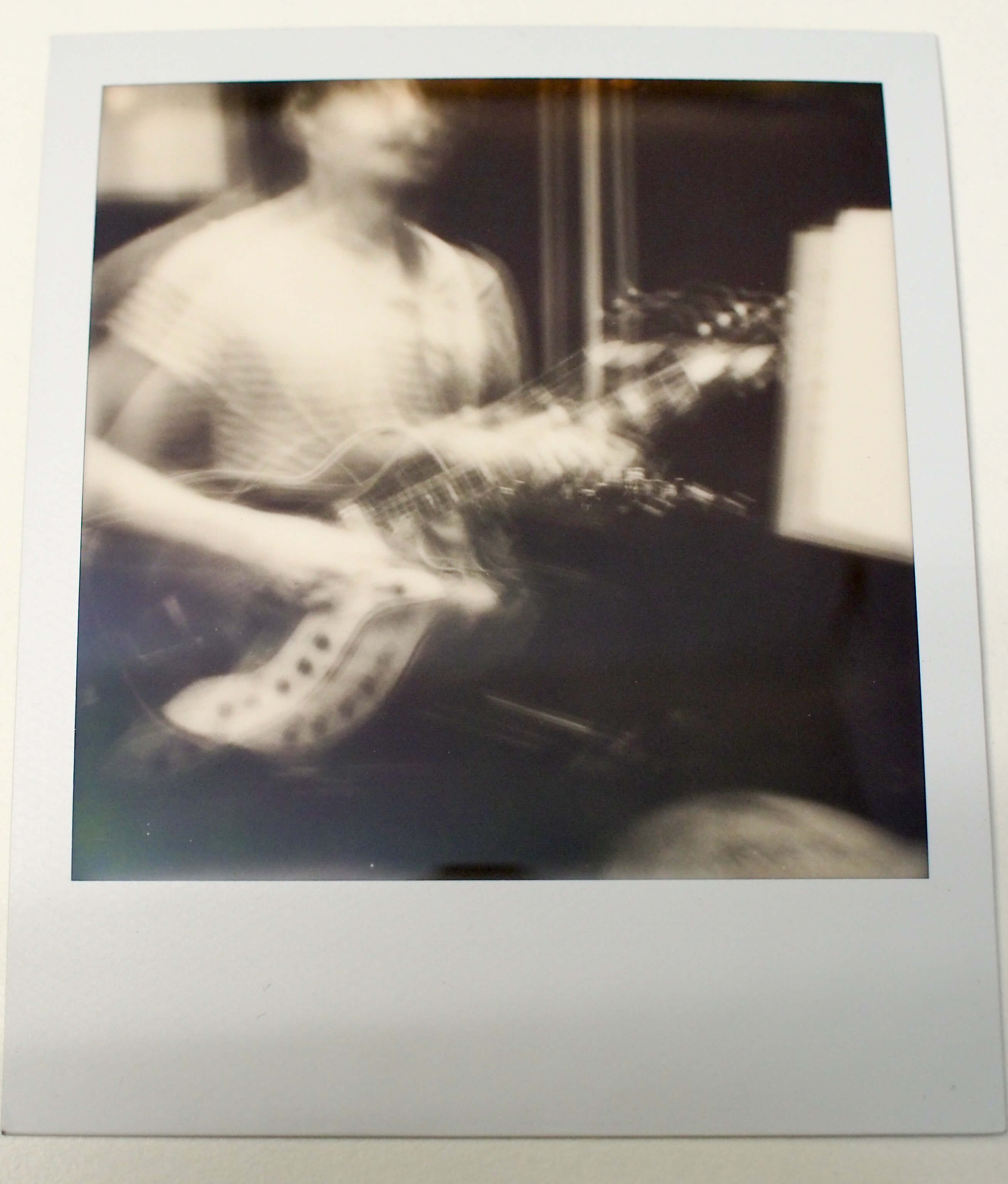
-- article by: Linda Wu



